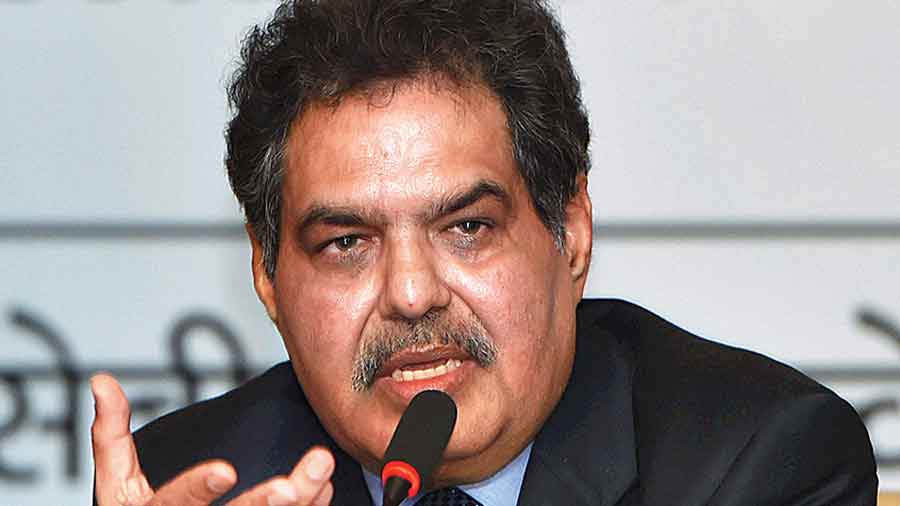The Securities and Exchange Board of India (Sebi) is initiating a series of measures to address the challenges faced by debt mutual funds, particularly the lack of liquidity in non-AAA bonds.
Apart from a “backstop facility” for such schemes, the market regulator will be setting up a working group to address the problem of liquidity risk management for open-ended debt-oriented schemes, Sebi chairman Ajay Tyagi said on Tuesday while addressing the 25th annual general meeting of the Association of Mutual Funds in India (Amfi).
Tyagi said Sebi has taken several measures such as mandating fund houses to hold 20 per cent of their assets under management (AUM) in liquid assets like cash, government securities and treasury bills, and directing them to invest primarily in listed debt securities (including commercial paper).
However, debt mutual funds have faced the challenge of significant risk aversion and the bond market was hit by illiquidity, especially in AA and below rated papers, resulting in redemption pressures. “That experience brought to the fore not only the structural issues related to the corporate bond markets but also revealed some areas of improvement in respect of the practices followed in the mutual fund industry,” Tyagi said.
His comments must be seen in the context of the recent statement made by RBI governor Shaktikanta Das in his address to the Ficci national executive committee where he said that benign financing conditions and the substantial narrowing of spreads have spurred a record issuance of corporate bonds of close to Rs 3.2 lakh crore during 2020-21 up to August.
Tyagi said Sebi was considering a backstop facility, a mechanism almost similar to a bad bank wherein the latter acquires the stressed assets of banks. However, in this case, it will be an entity that will buy the illiquid corporate bonds from mutual funds.
The expert committee will frame a stress testing methodology, encompassing liquidity, credit and market risks for all open-ended debt-oriented mutual fund schemes. The panel will also design a framework to determine the minimum asset allocation required in liquid assets.
Redemption pressures
According to Tyagi, another issue that needs to be examined is the impact of large redemptions on the remaining unit holders of a scheme.
For schemes witnessing large redemption requests, there are high chances that the more liquid assets get liquidated first and the scheme is then left with a relatively more illiquid portfolio. This benefits exiting investors at the cost of those who continue to stay. Here, the proposed committee will examine liquidity risk management tools such as anti-dilution levy for passing on transaction costs to the transacting investors.
On the recent circular on multi-cap funds, Tyagi said the market regulator was not forcing anyone to invest in small-caps and the investment should always be in the interest of investors amid new portfolio allocation rules for multi-cap mutual fund schemes.
On the recent circular relating to multi-cap funds, he disclosed that a representation has been made by AMFI which is being examined by SEBI and a decision will be announced soon. It may be recalled that Sebi had made it mandatory for multi-cap funds to play true to their label and invest a maximum of 25 per cent in each of the fund categories: large cap, mid-cap, and small cap. Here he said that the market regulator is not forcing mutual funds to invest in small and mid cap funds, but they must not mis-label and mis-sell mutual fund products.











